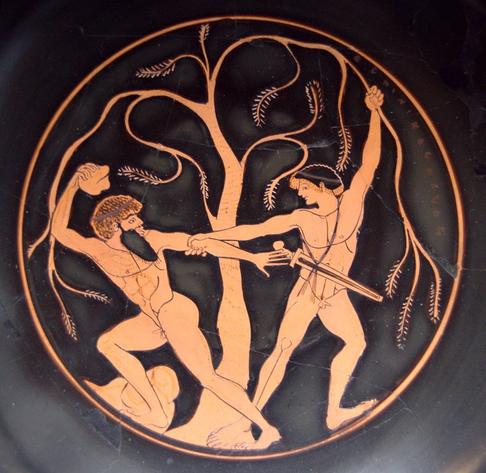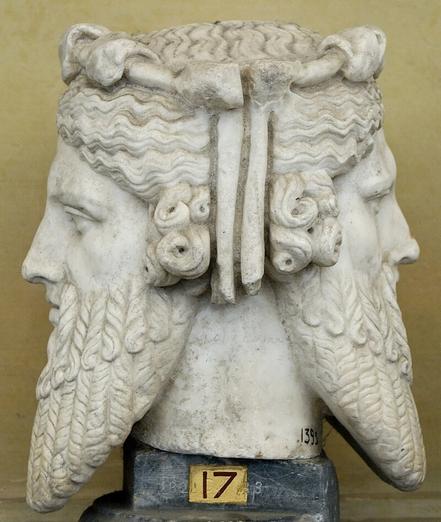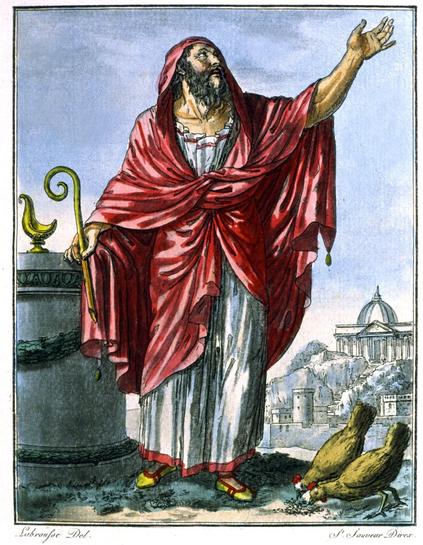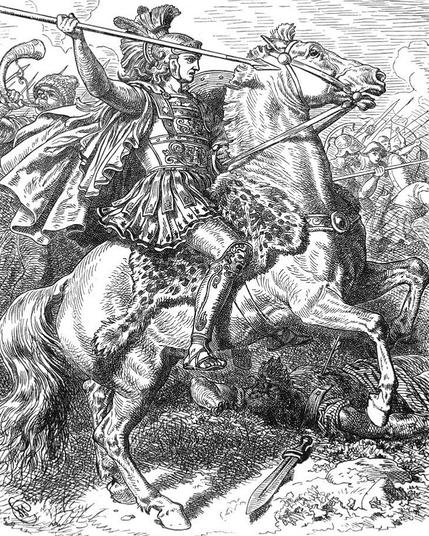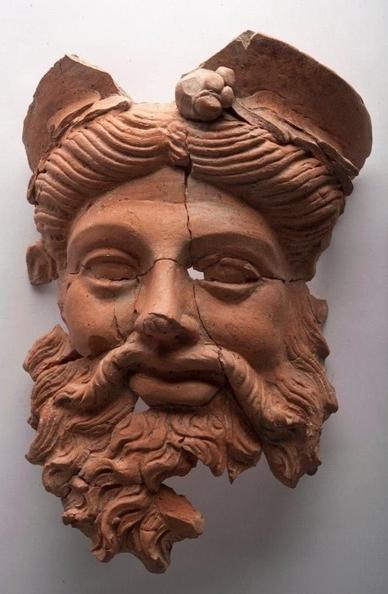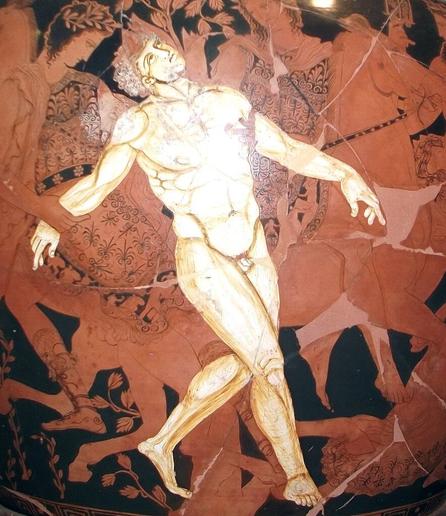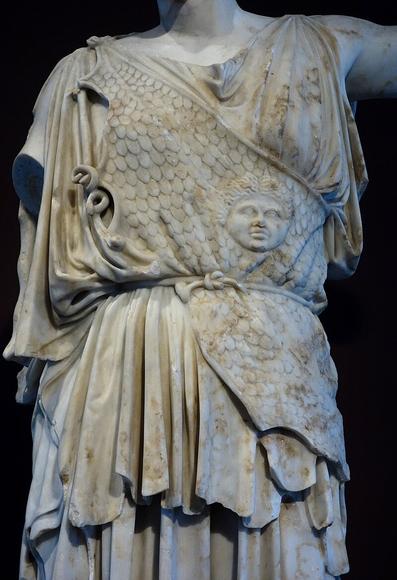In Greek mythology, Sinis the Pine-Bender was a bandit killed by Theseus on his way to Athens. Sinis would bend two pine trees to the ground, tie his victim to the trees, and then let them go, which would tear the victim apart. Theseus killed Sinis by doing the same thing to him.
#FolkyFriday #Mythology #GreekMythology #ClassicalMythology #Folklore #GreekFolklore #ClassicalFolklore #Greece #Theseus
